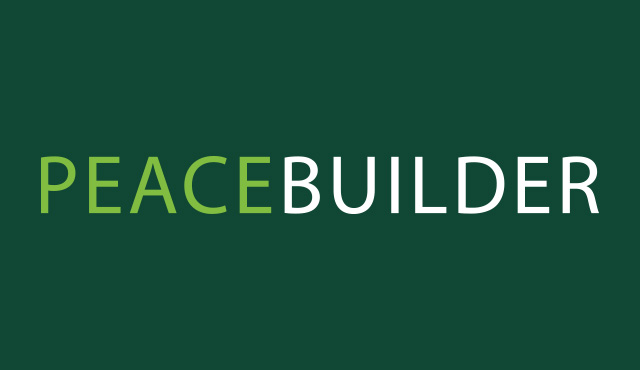Barry Hart and Mikhala Lantz-Simmons will co-facilitate SPI 2016 course Strategies for Trauma-Informed Organizations. With STAR and the Summer Peacebuilding Institute, they are inviting more people, policy and structure into trauma-informing our own SPI at EMU.
Following the SPI 2015 course in Strategies for Trauma-Informed Organizations, Barry and Mikhala embarked on a process to apply the course content and learning to our own educational environment. Together, they developed the following definition to represent “our working understanding of a trauma-informed organization.”
According to their definition, a trauma-informed organization: Read more…
- has staff that has received training in trauma and that knows how to identify signs of trauma. Staff incorporates a trauma-informed framework into their interactions with clients, meaning that they understand that people have stories and deserve to be treated with compassion and respect;
- creates structures so that staff can practice meaningful self-care;
- opens space for members of the organization, institution or business to speak about stress;
- fosters a sincerely relational environment where everyone’s dignity is respected;
- provides resources for getting help for those that need it.
Participants in their 2016 course can look forward to exploring their own organizations with a trauma-informed lens and deepening exposure to how various organizations are working towards integrating trauma awareness into their work.
What does this mean for SPI? SPI is a container for naturally challenging process of transformational learning about chronic violence and injustices. In an increasingly trauma-informed environment, designated listeners and instructors will be tuned in to ways to follow up to participants encountering traumatic response to material. Part of trauma-informing SPI means addressing systemic violence and injustice within which we are operating; as an institution where the vast majority of faculty and staff is white, we have a lot of work to do.
